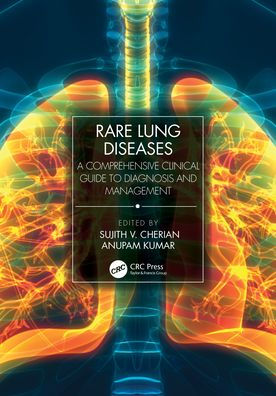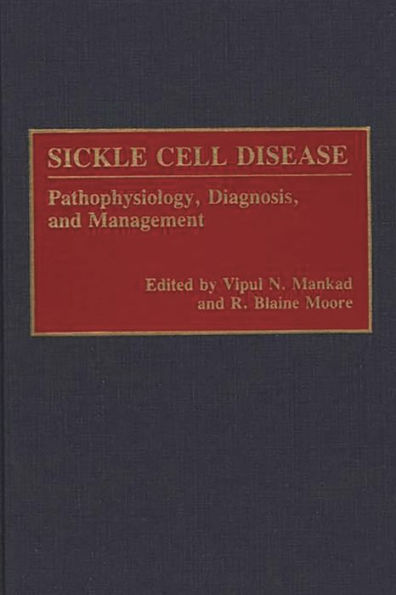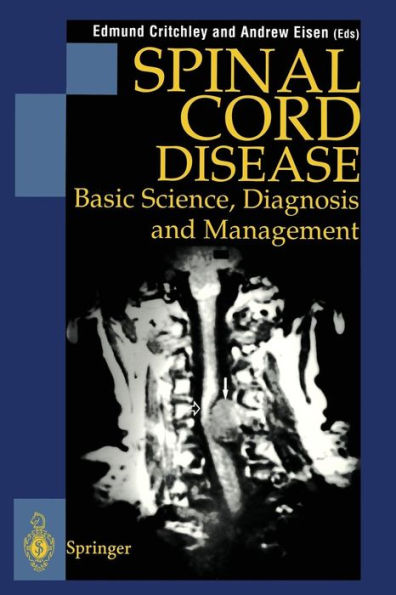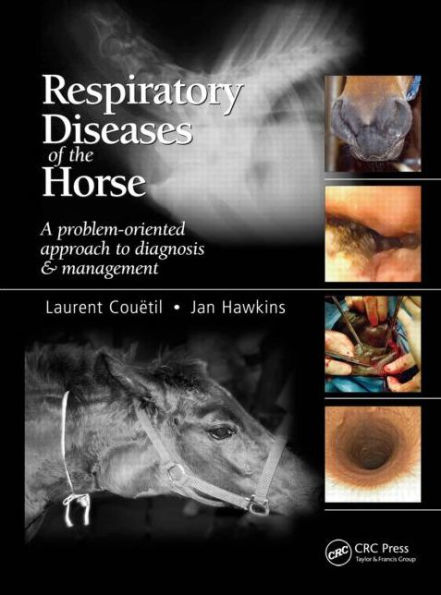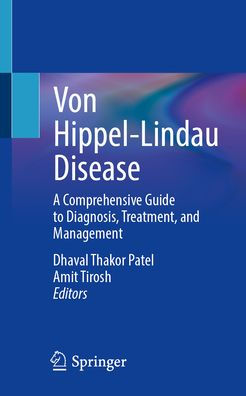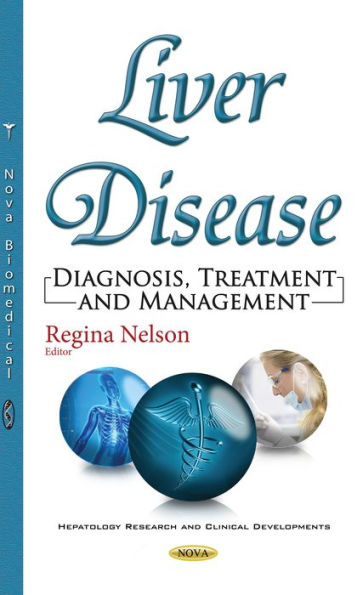Home
Carotid Disease: The Role of Imaging in Diagnosis and Management
Barnes and Noble
Carotid Disease: The Role of Imaging in Diagnosis and Management
Current price: $297.00
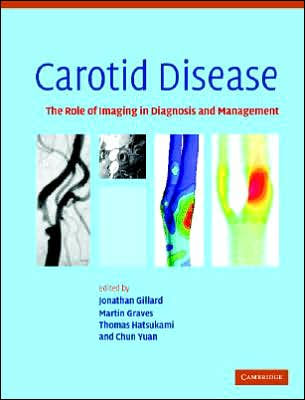

Barnes and Noble
Carotid Disease: The Role of Imaging in Diagnosis and Management
Current price: $297.00
Size: OS
Loading Inventory...
*Product information may vary - to confirm product availability, pricing, shipping and return information please contact Barnes and Noble
Stroke is a major cause of morbidity and mortality, with carotid disease representing an important contributory risk factor. This book offers comprehensive coverage of the pathogenesis and management of carotid disease with specific focus on the role imaging has to play in the early recognition of symptomatic and asymptomatic disease as well as the treatment of the developed condition. Technological advances in imaging modalities now allow detailed analysis of the disease progression, the prediction of critical events leading to a stroke, as well as the identification of the most effective surgical or other interventional treatments. This book should be read by neurologists, cardiologists, vascular surgeons, neurosurgeons and radiologists involved in the care of patients with carotid disease, and also by researchers involved in the development of new therapeutic techniques and drugs.Stroke is a major cause of morbidity and mortality, with carotid disease representing an important contributory risk factor. This book offers comprehensive coverage of the pathogenesis and management of carotid disease with specific focus on the role imaging has to play in the early recognition of symptomatic and asymptomatic disease as well as the treatment of the developed condition. It discusses the technological advances in imaging modalities which now allow detailed analysis of the disease progression, the prediction of critical events leading to a stroke, as well as the identification of the most effective surgical or other interventional treatments. Highly illustrated throughout with leading expert contributors, this book should be read by neurologists, cardiologists, vascular surgeons, neurosurgeons and radiologists involved in the care of patients with carotid disease, and also by researchers involved in the development of new therapeutic techniques and drugs.
